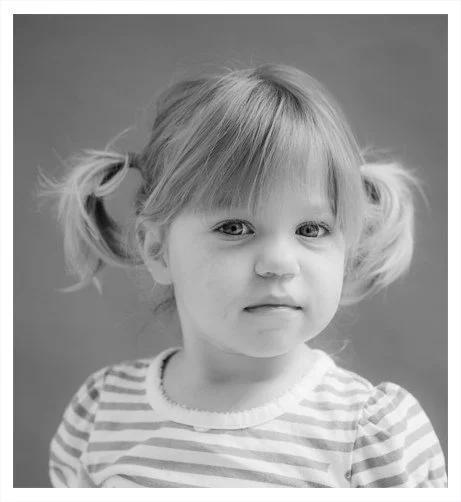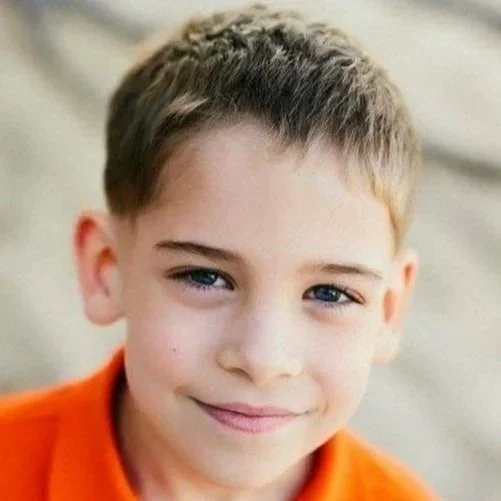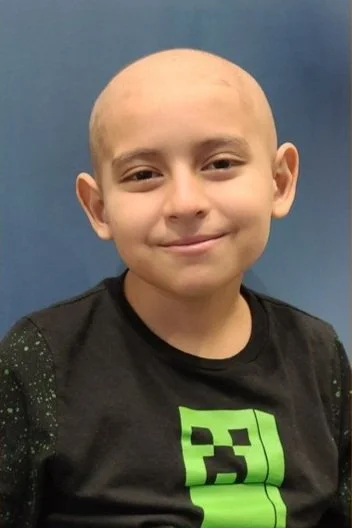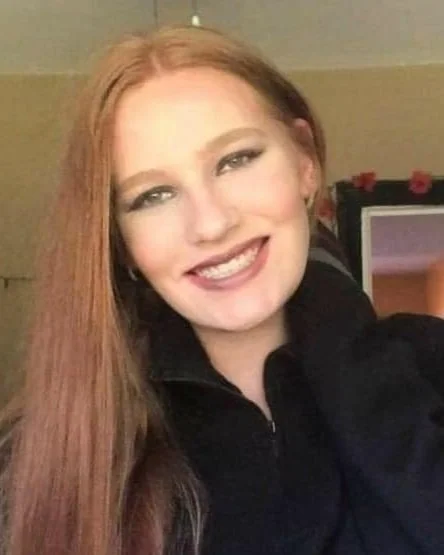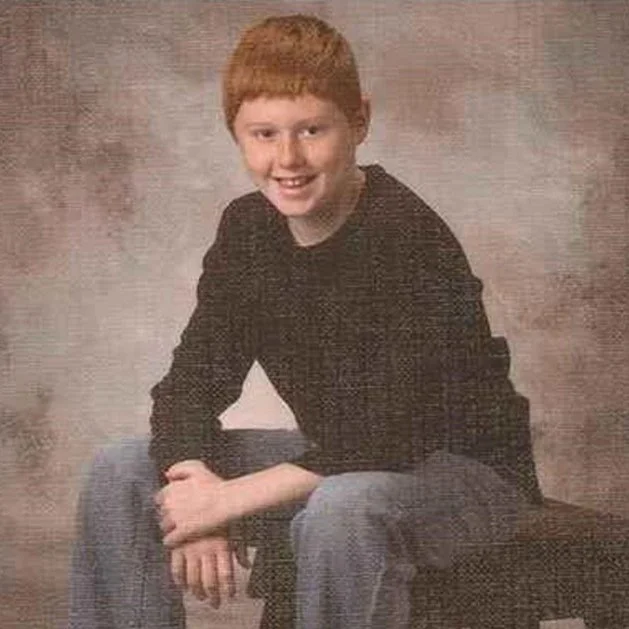
Hope. Help. Heal.
Hope. Help. Heal.
Knowing a child with cancer brings a lot of uncertainty.
We are here to provide hope and support for anyone affected by childhood cancer in eight Northwest Indiana counties (Lake, Porter, Laporte, Jasper, Newton, St. Joseph, Starke and Marshall).
We also contribute to charities that fund promising research in childhood cancer fields. We believe a CURE is the ultimate mission of any cancer foundation.

Providing HOPE and HELP to Northwest Indiana families affected by childhood cancer and supporting promising research so that all children with cancer can be HEALed.
Your child has cancer.
You need hope.
We can help.
To begin your support from the NICK Foundation, contact your child’s hospital social worker. Ask them to email Nicole Yarrow at nicole@nwicancerkids.org with the following information:
Child’s name
Child’s diagnosis with date diagnosed
Parent names and address(es)
Parent phone number(s)
After contacting your social worker, if you don’t hear promptly from someone at the NICK Foundation, please email the address above or call 219.552.1217, and we will help you through the process.

-
16
Years of serving Northwest Indiana families.
-
327
Northwest Indiana families supported to date.
-
56
Local children currently in our care.
Support local kids with cancer.
Support local kids with cancer.
Learn more about us.
Learn more about us.
